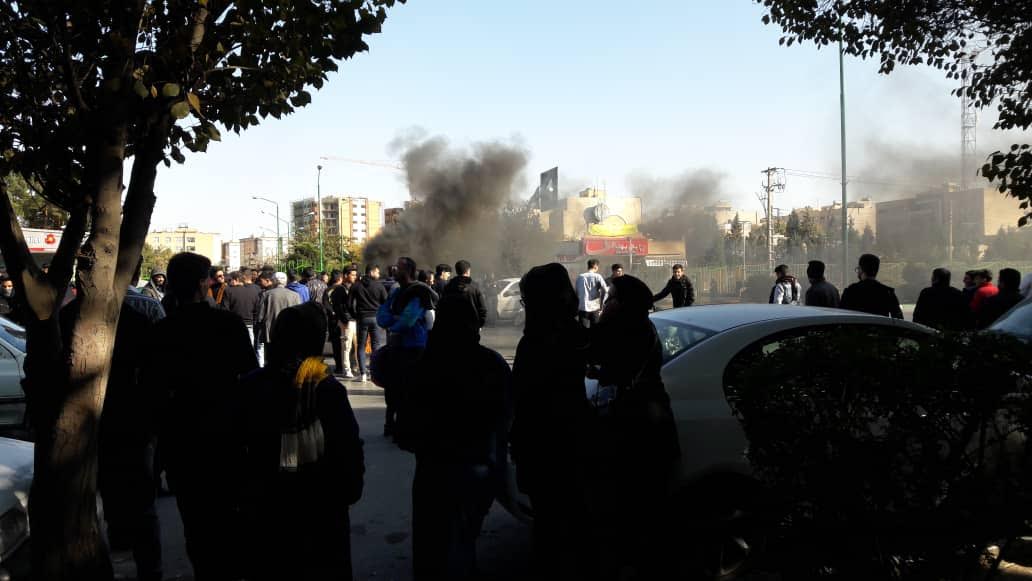Much of the news about Iran in recent weeks has concerned rising military tensions with the US, but this has overshadowed the historic protests that rocked the country in November and December. Triggered by a government announcement that fuel prices would increase dramatically, the demonstations saw not only unprecedented unrest, but unprecedented brutality in the ensuing government crackdown. The n+1 website has published a series of letters about this unrest from two reporters with close ties to the country – one who lives in the US and reports on Iran for the New York Times, and another who lives in Iran and witnessed the dramatic demonstrations first hand. The letters provide a glimpe into the inspiring and harrowing struggle in Iran, which is rarely reflected in sensationalistic Western new headlines. Here’s an excerpt:
On November 19, I finally managed to go online using a proxy server. “Iran is buried like the Italian Pompei,” a US-based friend of mine posted. “It was as if the voice on the other end of the line was shaking in disbelief,” he said of the moment he got to chat with his family. The national internet is a jail as large as Iran! “For god’s sake, stop before you make immigration the only option,” read the first Twitter post by a magazine editor.
This repression will go down in history as one of the deadliest ever since the 1979 Islamic Revolution. For years, after the crackdown on the so-called “Green Movement” protests in 2009–2010, the central conflict in Iran—or at least the conflict into which public energy was funneled—was the partisan infighting between reformists and hardliners. But the public has stopped taking the hint—a precursor to an inevitable rethinking of the entire establishment. For many Iranians, there is no more ambiguity and no more escape. The situation became either/or: either you are accomplice to the repression or not.
Image: Protests in Iran during the government-sanctioned internet shutdown, November 2019. By NicolasGaron. Own work, CC BY-SA 4.0, via Wikimedia Commons
